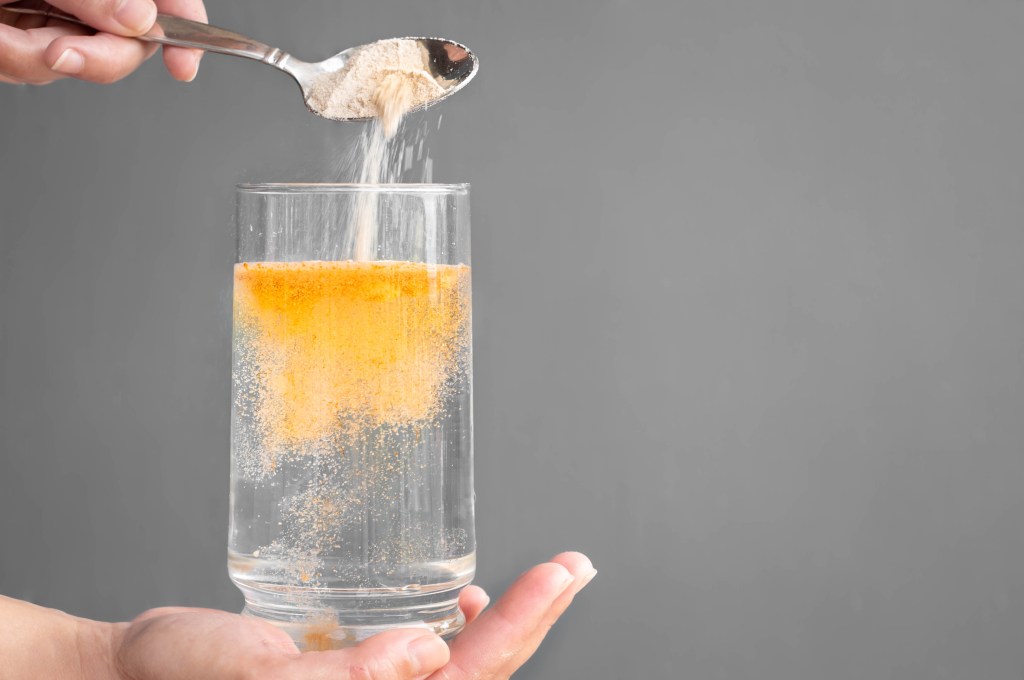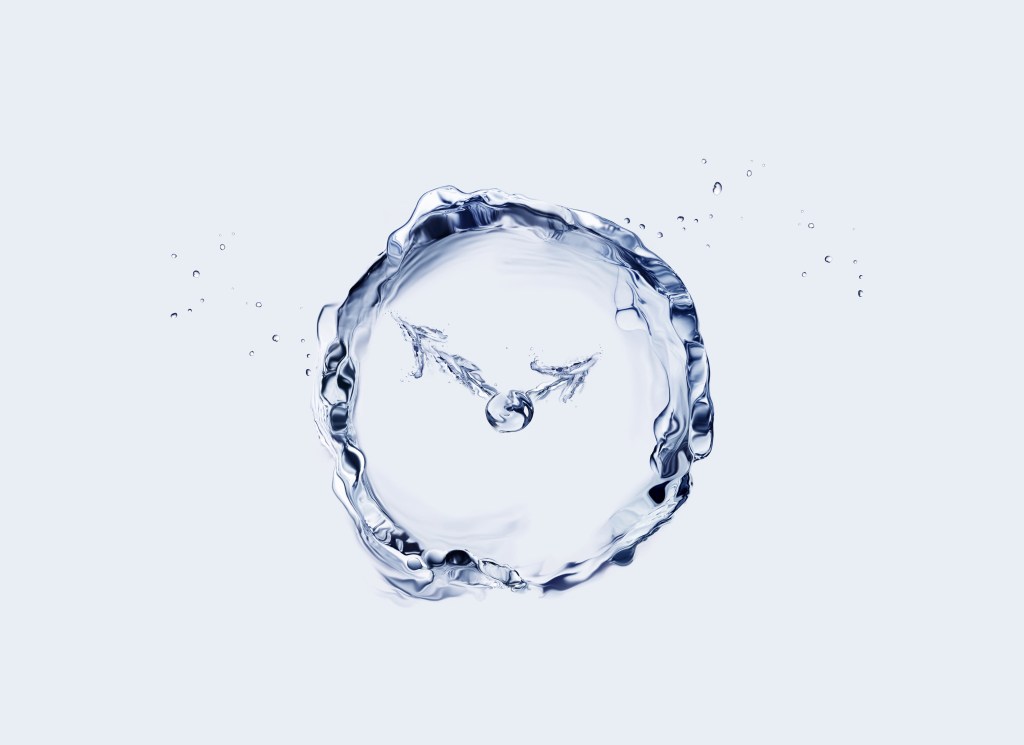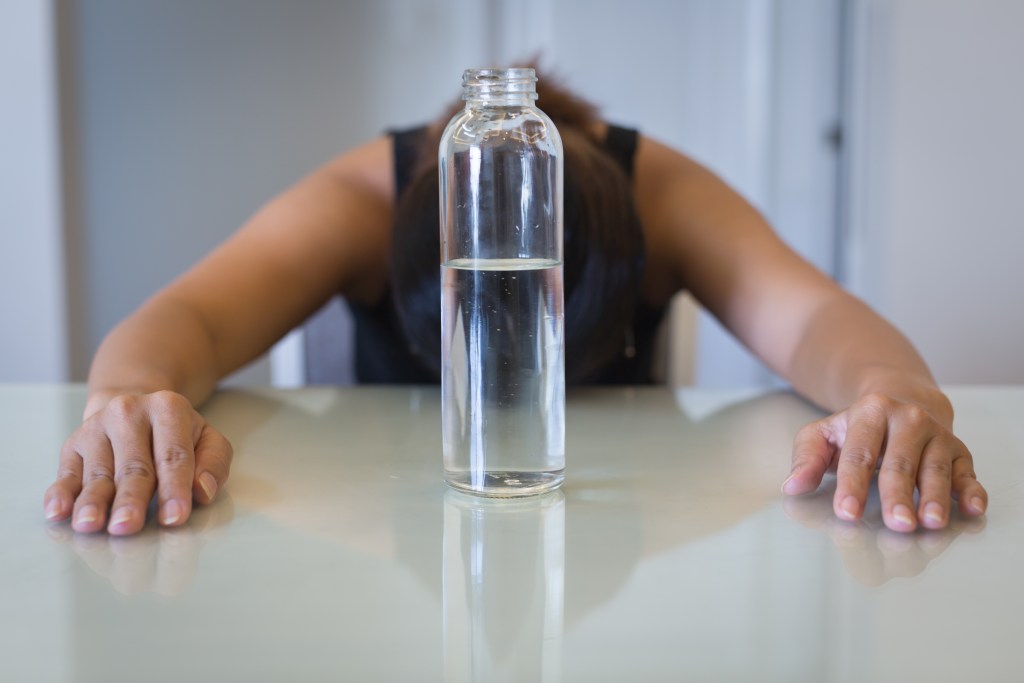At a glance
Water fasting can put your body in a deep state of ketosis and autophagy, associated with several health benefits. However, for some, the risks can outweigh the benefits. Common signs to stop water fasting include lethargy, heart arrhythmias, lightheadedness, and gastrointestinal issues.
Both intermittent fasting and prolonged fasting are popular types of fasts with impressive health benefits. Extended periods of calorie restriction push your body to burn body fat, which helps you lose weight and supports healthy blood sugar control.
Water fasting refers to consuming nothing but water during fasting periods. While this may seem the purest form of fasting, it’s associated with several risks. Understand seven signs to stop water fasting and know the risk of restricting the intake of all nutrients while fasting.
Risks of water fasting
Fasting has amazing benefits and may lower blood pressure and body weight, reduce the risk of heart disease, and reverse insulin resistance and diabetes.
Water fasting involves refraining from consuming any food and solely relying on water for sustenance throughout the fasting period. As a result, a water fast effectively limits the intake of essential nutrients crucial for maintaining bodily functions.
“The main concern with water fasting is the high risk of electrolyte imbalances and depletion of nutritional reserves,” explains Dr. Berg. “While the body can sustain, and even thrive on, extended periods without eating, it still requires electrolytes, vitamins, and minerals to maintain the normal function of cells, tissues, and organs.”
Watch the video below to learn more about water fasting and how different intermittent fasting techniques can unlock fasting success without the risks of water fasting.
Seven signs to stop water fasting – know the risks
Relying exclusively on water while fasting can have adverse effects and may worsen medical conditions.
Here are seven signs that indicate you should stop water fasting.
1. Lethargy and mental fatigue
Frequent water fasting, combined with a poor diet that lacks essential nutrients, can quickly lead to nutrient deficiencies, which can impair the body’s energy-making processes.
Your metabolism requires various nutrients to produce energy, especially while fasting, when your liver breaks down stored fat to generate energy.
A study published in Nutrients investigated the metabolic role of B vitamins, vitamin C, iron, and magnesium. It concluded, “Due to the close interplay between these micronutrients and energy production, all of them should be available simultaneously as the whole system may be slowed down by a lack in a single one of them.”1
Fasting can cause mild keto-flu symptoms, including transient tiredness. However, severe symptoms such as extreme fatigue, mood swings, and persistent brain fog are clinical hallmarks of nutrient deficiencies and may be a sign to stop your water fast immediately.
2. Lightheadedness and dizzy spells
Although it may sound counterintuitive, drinking water can cause dehydration.
Pure water can dilute the body’s electrolyte concentrations, triggering fluid loss, dehydration, mineral depletion, and electrolyte imbalances.
Electrolytes such as sodium and potassium play fundamental roles in fluid regulation, nerve impulse transmission, and blood pressure regulation.
Electrolyte imbalances are the most common cause of water fasting’s side effects, such as:
- Dizzy spells
- Weakness and fainting
- Headaches
- Elevated body temperature
- Low blood pressure or sudden blood pressure changes
3. Gastrointestinal issues
Water fasting restricts the intake of essential nutrients, including electrolytes, which can impair digestive health, even if you don’t eat food during fasting periods.
Electrolytes, including potassium, sodium, and magnesium, play a crucial role in the normal functioning of the digestive tract.
They regulate the production of stomach acid, control peristalsis (muscle contractions of the gastrointestinal tract), and facilitate nerve transmissions between the brain and the digestive system.
Common digestive issues linked to water fasting include:
- Stomach pain
- Lower abdominal pain
- Nausea
- Vomiting
- Diarrhea

4. Throat pain
Water fasting can deplete the body’s selenium and iodine stores.
Selenium and iodine are crucial minerals needed for thyroid function, and deficiency can result in your thyroid having to work harder to produce thyroid hormones.
Consequently, this strain may cause the thyroid to enlarge, which is often accompanied by discomfort or painful sensations in the throat.
If you experience pain in the frontal throat area, it’s important to stop water fasting and consult with a doctor to evaluate the underlying cause of throat pain.
5. Insomnia
Lack of potassium and magnesium can disrupt the sleep-wake cycle and has been found to increase the risk of chronic insomnia and other sleep issues in individuals who frequently practice water fasting.
6. Irregular heartbeat and chest pain
Water fasting can potentially cause irregular heartbeats (arrhythmia) and chest pain in some individuals.
Electrolyte imbalances can impair the transmission of electrical signals that regulate the heartbeat and disrupt the heart’s normal rhythm, which is linked to arrhythmias and chest pain.
7. Worsening medical conditions
Water fasting can worsen a range of chronic health conditions.
Electrolyte imbalances and altered fluid levels can lead to elevated uric acid concentrations, which can trigger or exacerbate gout symptoms and increase joint pain.
Research published in Eating Behavior suggests that fasting can impact mental health and may trigger disordered eating patterns, especially in individuals with a history of eating disorders.2

How to replenish nutrients while fasting
Replenishing nutrients with electrolytes and mineral salts won’t break your fast or diminish the metabolic advantages of fasting.
In fact, promoting balanced electrolyte levels while fasting supports energy-making processes, boosts weight loss, supports better sleep, and can take your fasting routine to the next level.
Here are some ways you can replenish essential nutrients to minimize water fasting’s side effects.
Himalayan pink salt
Consume one to two teaspoons of Himalayan pink salt mixed with water throughout the day while fasting.
Himalayan salt is an excellent source of trace minerals and contains no calories, making it a perfect source of essential nutrients while fasting.
Electrolytes
Choose a high-quality electrolyte powder that’s sugar-free and doesn’t contain maltodextrin or other synthetic ingredients.
Look for a powder high in potassium–the most important electrolyte yet often ignored electrolyte that promotes healthy energy levels and mental clarity during fasting periods.
Eat nutritious meals before starting a fast
Eating a healthy diet before fasting is equally as important as replenishing nutrients while fasting.
A poor diet high in processed foods and lacking in essential nutrients, alongside water fasting, can result in depleted nutritional reserves that may harm your health in the long run.
A nutritious low-carb, high-fat diet like Healthy Keto® is the perfect addition to intermittent fasting. Healthy Keto focuses on nutrient-dense foods such as grass-fed meats, fatty fish, full-fat dairy, and organic vegetables, providing balanced nutrients while enhancing the metabolic benefits of fasting.

What is water fasting?
Water fasting involves abstaining from all food, supplements, and medications and permits only water during fasting periods that typically last 24 to 72 hour fast.
While most people practice water fasting for religious or health reasons, others undergo medically supervised water fasts in preparation for medical procedures.
How to do water fasting
If you are new to fasting, educate yourself about the potential risks and benefits of water fasting and gradually ease into more extended fasting periods to allow your body to adapt to the metabolic effects of prolonged calorie restriction.
It’s important to remember that water-only fasting can quickly lead to electrolyte imbalances and may deplete your nutritional reserves. Adding electrolytes and Himalayan salt to your water won’t impact fat burning or interfere with any other health benefits of fasting.
Drinking plenty of water to maintain adequate hydration while fasting and limiting physical activity to light exercises is crucial.
Pay attention to how your body responds. If you feel unwell, stopping your fast at any point is okay.
To avoid gastrointestinal issues when breaking a fast, it’s recommended to start eating light and easy-to-digest meals such as soups or bone broth that won’t overwhelm your digestive system.

Benefits of water fasting
Fasting pushes your metabolism to burn stored body fat to generate energy, which releases ketones, a group of natural acids that fuel your cells and tissues when blood sugar levels are depleted.
When ketone levels rise, your body enters a metabolic state known as ketosis, which significantly benefits hormonal, metabolic, and cognitive health.
Ketosis promotes healthy insulin levels and enhances insulin sensitivity, a measure of how well your body regulates blood sugar.
Insulin resistance and imbalanced blood sugar regulation are the primary risk factors for diabetes. Research published in Endocrinology and Metabolism suggests that fasting is an effective tool in diabetes management and may replace insulin for some people with diabetes. 3
Fasting also promotes rapid weight loss, may help people with high blood pressure lower their blood pressure, and has been found to promote cardiovascular health and brain function.
Another significant benefit is that prolonged fasting triggers autophagy, a natural process that removes and recycles damaged proteins and cellular debris and promotes the elimination of toxic substances.
Autophagy increases the longevity of cells, which is linked to a lower risk of cancer, metabolic imbalance, and age-related diseases, including Alzheimer’s and dementia.

Who shouldn’t do water fasting?
Water fasting isn’t recommended for pregnant or breastfeeding mothers, older adults, or those with a history of eating disorders or chronic health conditions, including gout and type 1 diabetes.
Water fasting technically doesn’t permit the intake of supplements or medications, and you must discuss water fasting with a healthcare provider if you are taking any prescription medications or suspect that you may have nutrient deficiencies.
Individuals with hard workout routines or endurance athletes also should avoid water fasting due to the increased risk of electrolyte imbalances and dehydration.
“I typically advise against water fasting and strongly recommend using electrolytes and Himalayan salt during fasting periods,” says Dr. Berg. “This doesn’t just lower your risk of side effects but enhances fasting’s health benefits without breaking our fast.”
Key takeaways
- Water fasting can lead to electrolyte imbalances and deplete nutrient reserves.
- Signs to stop water fasting include severe lethargy, digestive issues, dizziness, throat pain, insomnia, irregular heartbeat, or worsening medical conditions.
- Himalayan salt and sugar-free electrolyte powder help replenish nutrients needed to maintain bodily functions without breaking your fast.
- When practiced safely, water fasting can help manage diabetes, high blood pressure, cardiovascular health, brain function, and weight.
- Prolonged fasting triggers autophagy, which enhances cell longevity and reduces the risk of cancer, metabolic imbalances, and age-related diseases.
FAQ
1. Are there risks to water fasting?
Yes, water fasting is associated with several risks. Water fasting can deplete your nutrient reserves and flush out essential electrolytes, resulting in electrolyte imbalances and dehydration. This can decrease energy production, slow down digestion, affect your cognitive health, and increase your risk of severe lethargy and fainting.
2. What are the warning signs to stop water fasting?
Extreme fatigue, fainting, dizzy spells, throat pain, stomach pain, insomnia, or worsening medical conditions indicate you should stop water fasting.
3. What happens after four days of water fasting?
Prolonged water fasting can result in an imbalance of electrolytes, including sodium, potassium, and magnesium, and may deplete essential vitamins and minerals.
Consuming only water for several days can have serious health consequences, including arrhythmia, fainting, impaired nerve impulse transmission, and gastrointestinal issues.
4. When should I stop water fasting?
Stop water fasting immediately if you develop symptoms such as extreme fatigue and tiredness, sleep problems, digestive issues, throat pain, or experience dizzy spells, fainting, or an irregular heartbeat.
5. How do you break your fast after water fasting?
It’s crucial to gradually break a water fast with easy-to-digest foods such as soups, smoothies, or bone broth to avoid overwhelming your digestive system.
Eating rich and heavy meals after breaking a water fast can lead to digestive issues, including nausea, vomiting, and diarrhea.
6. Can water fasting be dangerous?
Yes, water fasting can be dangerous. Water fasting has been found to deplete electrolytes, which are essential for a regular heartbeat, fluid balance, and blood pressure, and are needed to facilitate communication between your nervous system and organs.
Electrolyte imbalances can cause heart palpitations, elevated or dangerously low blood pressure, dehydration, and fainting.
7. What is water fasting?
Water fasting is a type of prolonged or intermittent fasting that involves abstaining from all food and beverages except for water for a specific period of time.
8. Is it healthy to do water fasting?
While metabolic fasting has profound health benefits, water fasting is associated with several risks.
Relying only on water during fasting periods without replenishing nutrients can quickly lead to electrolyte imbalances and depletion of nutritional reserves, which can cause side effects and may impact your overall health and well-being in the long term.
9. How do I replenish vitamins and minerals while water fasting?
Himalayan pink salt is a mineral-rich salt that can be added to water throughout the fasting period to replenish essential nutrients without breaking your fast.
In addition, incorporate a high-quality, sugar-free electrolyte powder containing potassium, magnesium, chloride, sodium, and calcium into your fasting routine to promote balanced electrolyte levels.
Sources
- https://www.ncbi.nlm.nih.gov/pmc/articles/PMC7019700/ ?
- https://www.sciencedirect.com/science/article/abs/pii/S1471015322000873 ?
- https://academic.oup.com/jcem/article/108/6/1415/6888005 ?

















